-
For Appointment
+91 98351 33046/+918318876486 -
Online Video Consultation Available
Consultancy Fee - ₹500/-
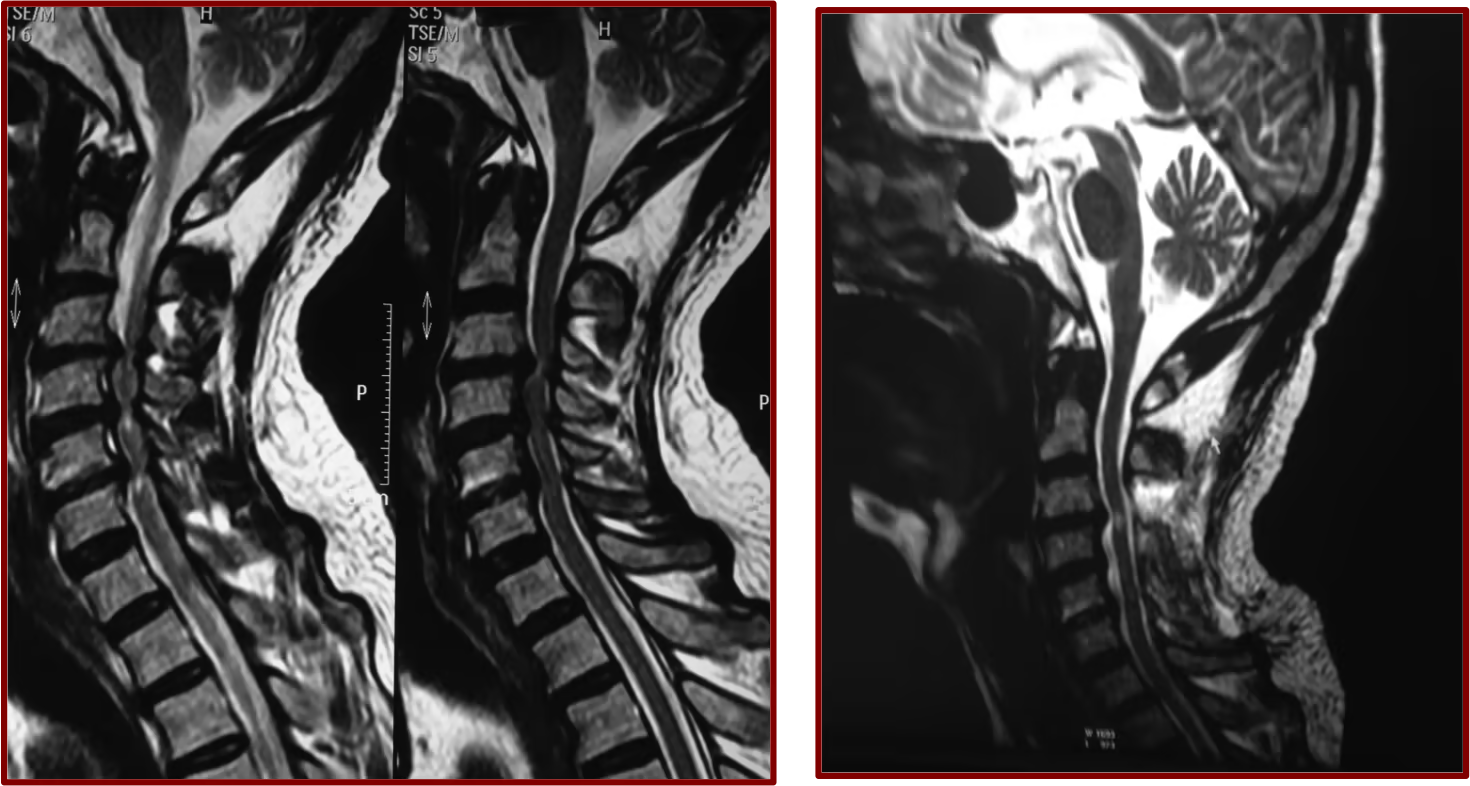
Cervical spondylosis is age related wear and tear of the neck bones and discs. It is said to affect most people by the age of 60, but commonly we even see youngsters with this problem. This results in degeneration of the disc in the neck as well as bony overgrowth. These are responsible for the symptoms which patients experience in cervical spondylosis.
What are the symptoms of cervical spondylosis?The most common complaint of patients with cervical spondylosis is neck, upper back or shoulder pain. Sometimes, they may also have pain at the back of the head or vertigo. When bone overgrowth or disc starts compressing neural structures, it can cause severe symptoms like radiculopathy or myelopathy.
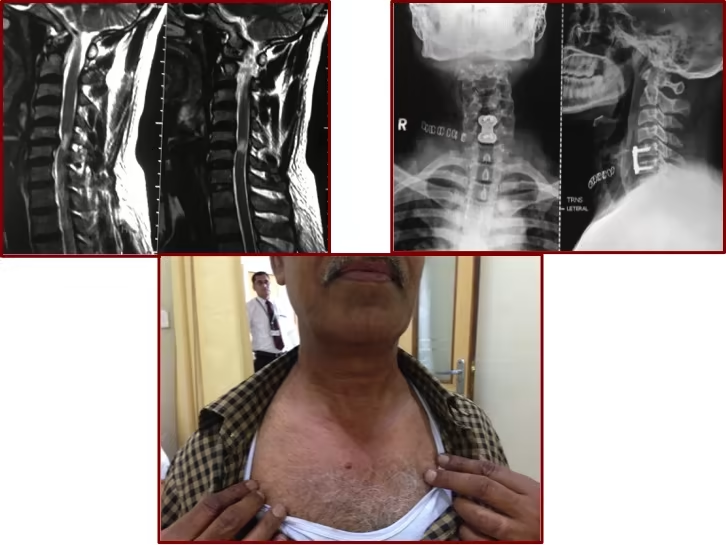
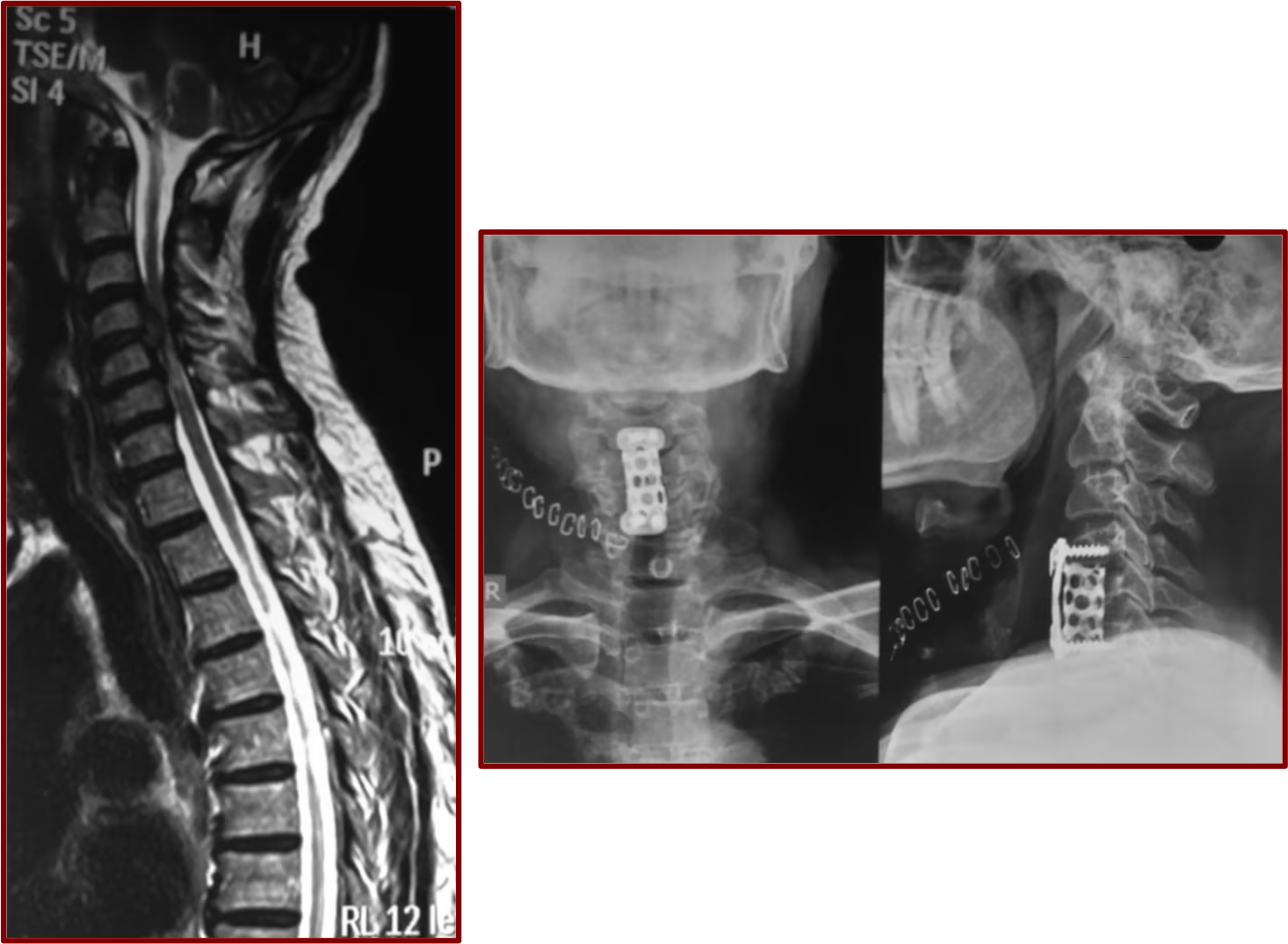
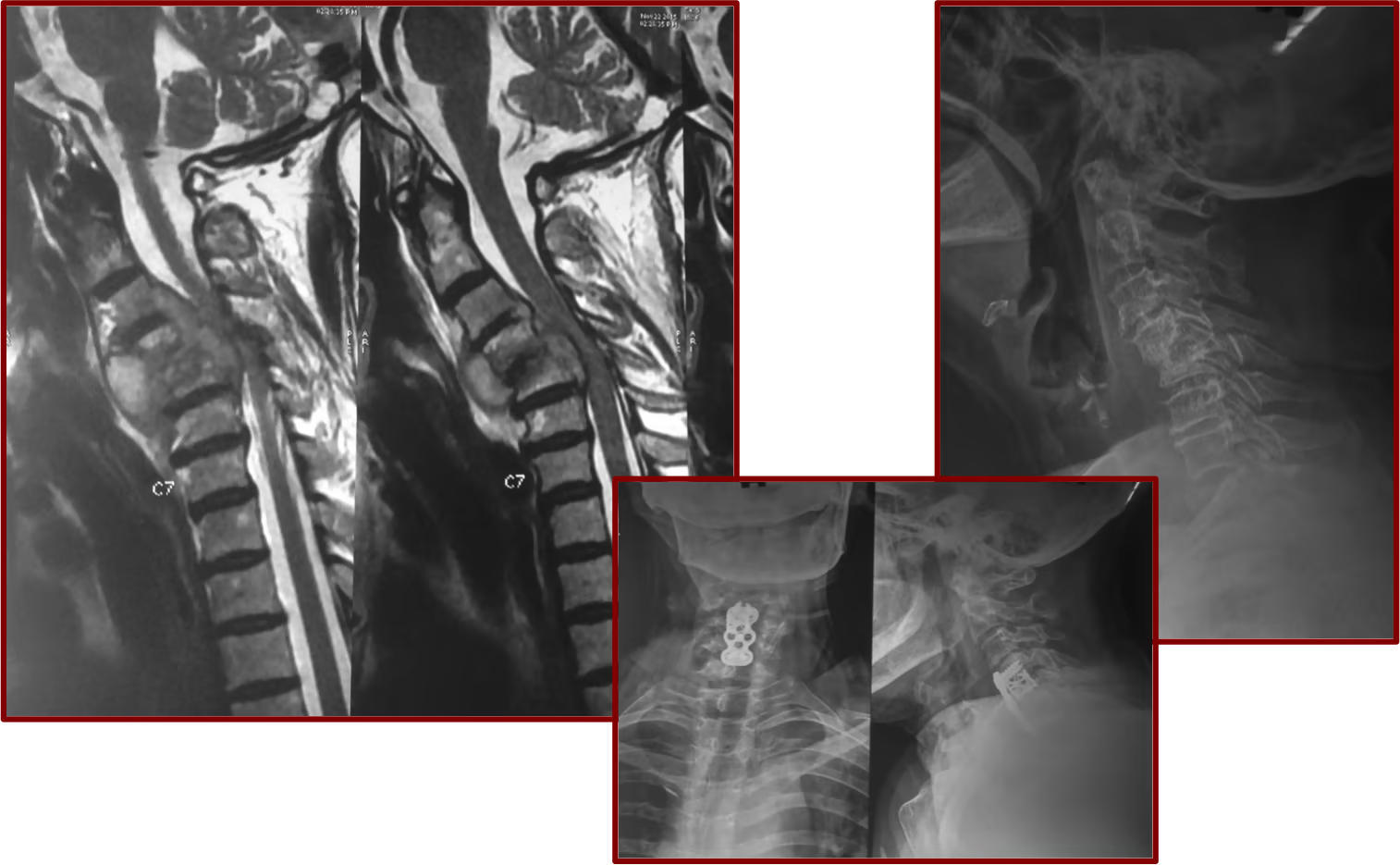
There is no definite cause of cervical spondylosis, but generally people are affected by it due to their own genetic or body predisposition. Many people are not aware that smoking can contribute to cervical spondylosis. Lifting very heavy weights on the head, sudden jerk to the neck, lack of exercises and whiplash injuries can also contribute to cervical spondylosis. In the majority of people, there is not one specific cause for cervical spondylosis.
When a nerve root is pressed because of a slip disc or osteophytes in the neck, this condition is called cervical radiculopathy. These patients may complain of pain, tingling and numbness going down one of their arms. Rarely, they may also develop weakness of one arm. It is most common at C5-6 and C6-7 levels. If one is getting symptoms of nerve compression, then one must definitely meet a spinal surgeon. It can be easily diagnosed with Cervical Spine MRI.
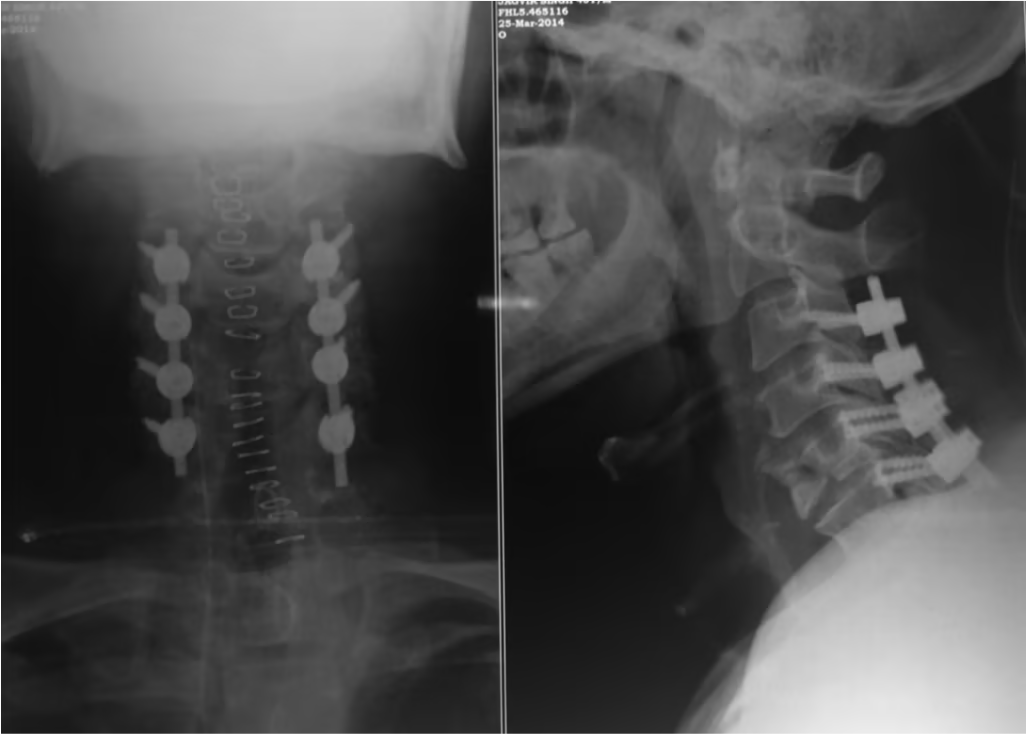
Instead of an isolated nerve, when the entire spinal cord is pressed from a slip disc, osteophyte (bony overgrowth) or ligamentous overgrowth; this condition is referred to as Cervical Myelopathy. This is a serious condition, which needs to be recognized and addressed as early as possible. Otherwise, it can result in irreversible paralysis.These patients may complain of tingling or numbness in their hands. They may have difficulty with their balance (can be tested by trying to walk along a straight line. They may find it difficult to perform fine motor activities with their hands (like buttoning their shirt, messaging on a mobile or typing on a computer). Rarely, they may report an electrical sensation going down their body on movement of their neck. They may even report a change in their ability to control their urine or motion.